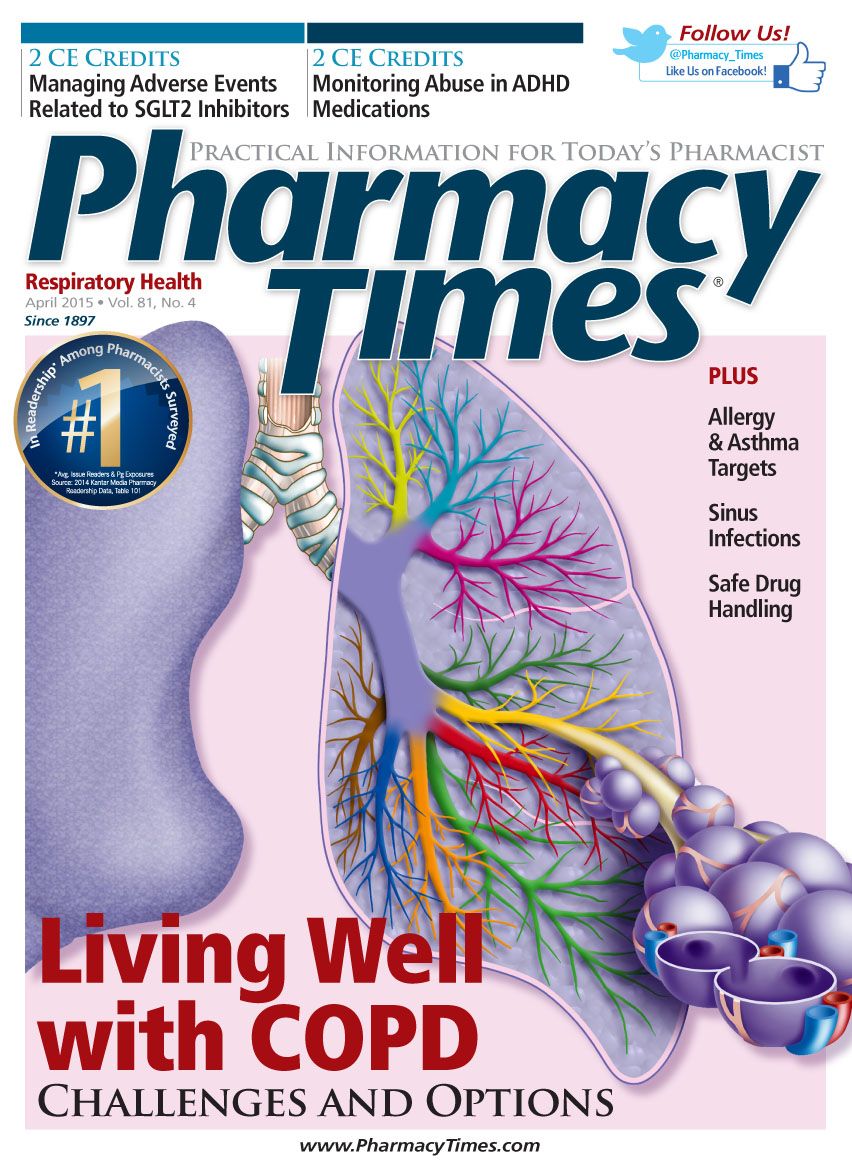Publication
Article
Pharmacy Times
Supply Chain Under Scrutiny
Author(s):
A track-and-trace law that will go into effect on July 1, 2015, will hold pharmacies responsible for more data about their pharmacy shipments, as well as their process of managing illegitimate or suspect products.
A track-and-trace law that will go into effect on July 1, 2015, will hold pharmacies responsible for more data about their pharmacy shipments, as well as their process of managing illegitimate or suspect products. The law will require specific supply chain entities to exchange transaction, history, and product tracing information as prescription drugs pass through the supply chain. It unifies individual, state-level track-and-trace laws enacted to prevent counterfeit, diverted, or stolen drugs from entering the supply chain.
“The idea is to find and take counterfeit products out of the supply chain, as well as take criminals out of the supply chain,” Bob Celeste, industry development director at GS1 US, a nonprofit standards organization for supply chain processes, said in an interview with Pharmacy Times. “They really want to know who owned that product throughout its lifespan. It’s really focused around change of ownership.”
By 2017, pharmacies will see new 2-dimensional (2D) bar codes on prescription products, although they will not need to alter operations around the bar codes at that point, Celeste said. The bar codes contain a National Drug Code identifier, serial number, lot number, and expiration date for each product; by 2023, pharmacies will be expected to track and furnish that information if inspected. Pharmacies will also need to keep 6 years of tracking information history, Celeste added.
“There’s going to be a very long period where pharmacists see a mix of things happening,” he said. “There will be new data, serialized data, and a mix of products. It could be a little confusing for pharmacists to understand what is legitimate unless they take action to understand the provisions in this law.”
Despite the mix of products and new requirements, the system offers several features helpful to pharmacists, Celeste said. Including lot numbers and expirations dates will allow pharmacists to quickly find recalled lot numbers in their inventory and whether any products from those lot numbers have been dispensed to patients. The systems can also synchronize pharmacy inventory so drugs with earlier expiration dates are used before those that expire later, Celeste said.
Of course, the requirements will necessitate changes within pharmacies, since existing, linear bar code readers will not be able to read the 2D or DataMatrix bar codes used in the new labels. In addition, pharmacy systems must be able to read and interpret the data, Celeste said, adding that smaller pharmacies and independent pharmacies may encounter a larger burden when implementing the new systems. As a result, relying on outside service providers may help these pharmacies adapt to the new regulations. In addition, pharmacies will need to have processes for quarantining illegitimate or suspect products.
Once the guidance goes into full effect, pharmacies will also be subject to compliance inspections, which will gauge their level of adherence to the regulations. The extent of any punitive actions associated with noncompliance remains to be seen, however, and will likely involve a shared responsibility between the FDA and the state Board of Pharmacy, Celeste said. GS1 US provides training on the guidance, as well as the ways in which the standards are applied in each area of pharmacy operations. You can read up on the guidance on GS1 US’s information page at www .gs1us.org/dscsa.
“GS1 US has work groups working on the standards,” Celeste said. “We’re very open to and would very much like to have discussions with pharmacies and pharmacists who can provide that insight into their needs in this whole process.”







